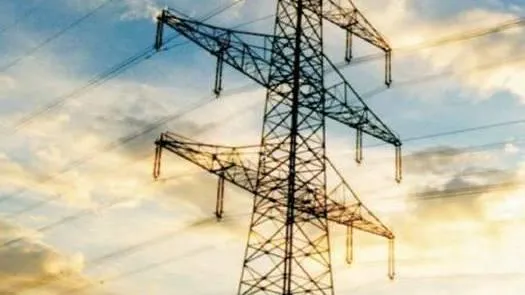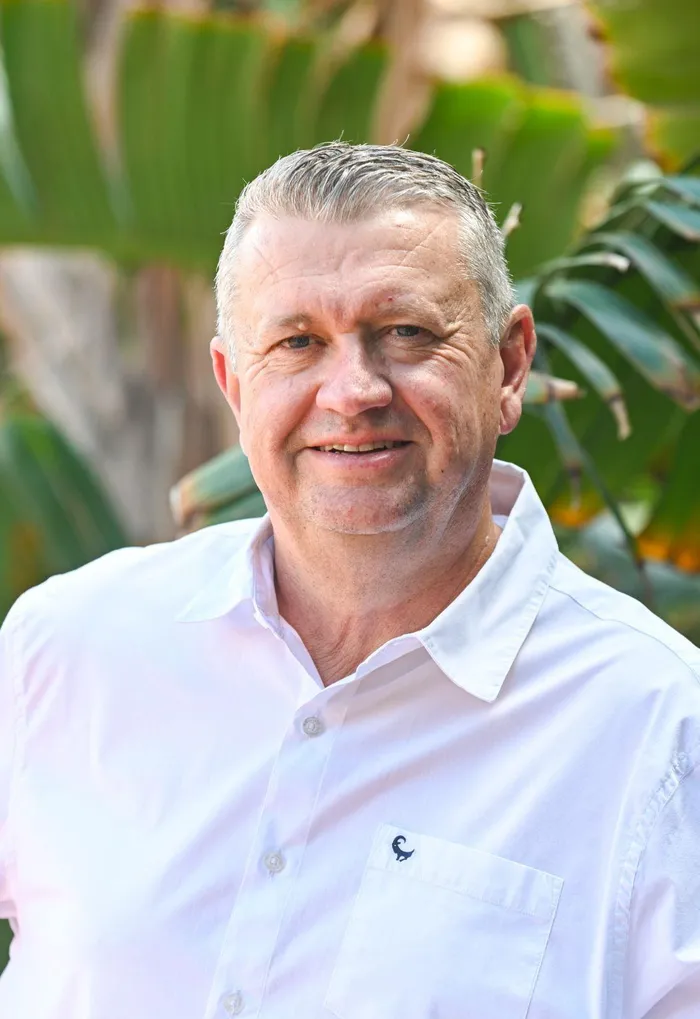Eskom's challenges: Balancing electricity supply and demand in South Africa

Under the moderate demand scenario, national electricity demand is projected to grow at 1.4% per year, supported by GDP growth of 2.7%, says the author.
Image: File
The latest Medium-Term System Adequacy Outlook (MTSAO) presents a complex view of South Africa’s electricity landscape between 2026 and 2030. Compiled by the System Operator in accordance with the South African Grid Code, the report evaluates whether the power system will have sufficient resources to meet demand over the next five years.
Its findings reveal progress, but also serious risks that could undermine recent gains.
Under the moderate demand scenario, national electricity demand is projected to grow at 1.4% per year, supported by GDP growth of 2.7%. Total energy requirements are expected to increase from 243 TWh in 2024 to about 264 TWh by 2030. These projections are modelled against assumptions for plant performance, new generation capacity, and the retirement of ageing stations.
While the system remains technically adequate under most scenarios, the outlook becomes critical from 2029 onwards. Eskom is scheduled to retire 8.4 GW of coal-fired capacity by March 2030, coinciding with the expiry of the Cahora Bassa import contract from Mozambique, with a capacity of 1.15 GW. This will create the first significant “baseload cliff” in the national system, a 9.5 GW drop in firm capacity that must be replaced or risk new supply shortages.
To address this gap, the outlook includes the addition of 6 GW of combined-cycle gas turbine (CCGT) capacity by 2030. However, these gas projects are at high risk of delay. If CCGT construction slips beyond the study period, the System Operator anticipates unserved energy exceeding 4 TWh in 2030 and open-cycle gas turbine (OCGT) utilisation soaring to 45%, far above the acceptable 6% threshold.
At the same time, renewable integration continues to accelerate. Solar PV installations are expanding through private investment and Independent Power Producer (IPP) programmes. Total renewable capacity from Eskom, the Renewable Energy Independent Power Producer Programme (REIPPP), and private sector projects could exceed 30 GW by 2030, depending on commissioning timelines.
This rapid renewable growth introduces a new paradox. While it adds cleaner capacity, it also results in excess energy during midday periods when solar output is high and demand is lower. In the accelerated build scenario, early renewable deployment creates more than 5 TWh of excess energy by 2028.
The mismatch between generation profiles and consumption patterns increases operational strain. Coal-fired plants, designed for steady baseload operation, must now ramp down during the day and ramp up sharply in the evening, sometimes by as much as 7 GW, to meet peak demand. This daily cycling adds mechanical stress, reduces efficiency, and risks reversing the Energy Availability Factor (EAF) gains that have stabilised the grid since 2024.
Plant performance remains the key determinant of stability. The MTSAO assumes an average EAF of 60%, a cautiously optimistic level. A fall to 55% would return the country to constrained supply and renewed load-shedding. Sustaining or improving EAF above 65% could prevent shortages even with moderate project delays.
Transmission performance is equally pivotal. For the first time, the MTSAO includes a multi-nodal analysis to evaluate not only generation adequacy but also the system’s ability to transmit power across regions.
While most unserved energy arises from generation shortfalls, the report identifies localised transmission constraints in parts of Gauteng and the Eastern Cape that limit grid flexibility. Planned upgrades, including the Kyalami and Bighorn transmission projects, will help alleviate these constraints, though most will only be operational after 2030.
The findings reveal a dual operational challenge: managing both shortage and oversupply within the same day. Unserved energy typically occurs during morning and evening peaks, while midday periods produce excess renewable generation. This combination exposes a structural rigidity: an overreliance on inflexible coal and self-dispatching renewables without sufficient storage.
Battery Energy Storage Systems (BESS) provide partial mitigation. About 0.36 GW of BESS capacity is due by 2026, with an additional 1 GW expected by 2028 through successive bid windows. Yet this remains insufficient relative to the scale of variable generation that will define the system by the decade’s end.
A closer examination of the report highlights a critical inconsistency. The study initially models only “committed capacity”, projects that have reached financial close and entered construction or final design, yet includes the unconfirmed 6 GW of CCGT capacity based on its “strategic importance” within the national framework. The report treats the probability of delay as a risk adjustment, but in practice, the likelihood of significant delay is extremely high and should be reflected in the base case.
Scenario modelling shows that such delays would produce more than 4 TWh of unserved energy and raise OCGT utilisation to 45% in 2030. Relying on the timely completion of these CCGT projects is therefore reckless.
The report concludes that future generation procurement must align with system needs as defined by the Integrated Resource Plan (IRP). It further recommends prioritising flexible generation technologies capable of load following and rapid ramping to strengthen system resilience. Yet the current IRP does not allocate sufficient capacity to such technologies, exposing the system to renewed instability by 2030.
The next five years will test not only the technical resilience of the power system but also the institutional discipline of South Africa’s energy transition. The message of the MTSAO is unambiguous: planning and execution must be precise, flexible technologies must be prioritised, and timelines must be met if the country is to maintain adequacy while advancing toward a cleaner and more reliable grid.

Thomas Garner holds a Mechanical Engineering degree from the University of Pretoria and an MBA from the University of Stellenbosch Business School.
Image: Supplied
Thomas Garner holds a Mechanical Engineering degree from the University of Pretoria and an MBA from the University of Stellenbosch Business School. Thomas is self-employed focusing on energy, energy related critical minerals, water and communities. He is a Fellow of the South African Academy of Engineering and a Management Committee member of the South African Independent Power Producers Association.
*** The views expressed here do not necessarily represent those of Independent Media or IOL.
BUSINESS REPORT